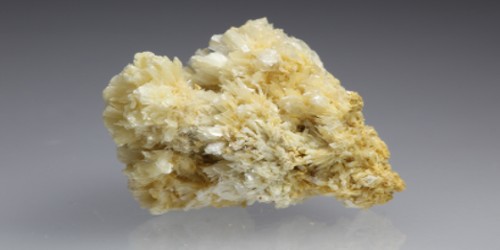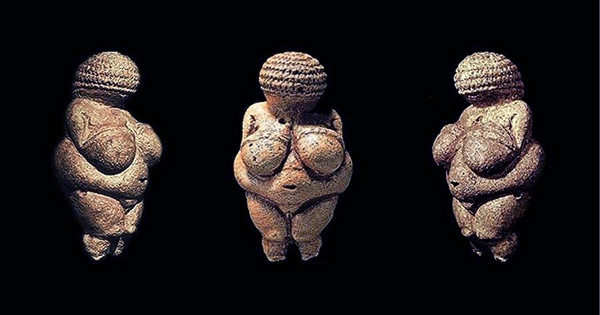Real-time detection of biological and chemical compounds is a growing field with growing interest in modern public health, environmental monitoring, and smart Internet of Things systems. As a result, clever, intuitive, and small-footprint gas sensors have received a lot of attention, and their market volume has increased.
A research team creates a real-time humidity sensing optical sensor. The novel sensor has a response time 10,000 times faster than existing sensors and can be mass-produced at a reasonable cost.
The Hercules beetle, which is native to South America, has an intriguing character in which its shell colors change based on the environmental humidity conditions. This is due to the fact that the inside of the beetle’s shell has a porous lattice structure with square holes. When certain wavelengths of light strike the shell, they reflect and produce different colors; these wavelengths fluctuate depending on humidity. A sensor that changes colors depending on humidity, like this insect, and is 10,000 times faster than traditional optical sensors has recently been presented.
This new humidity sensor is unique in that it enables for low-cost scalability despite the usage of nanoparticles and nanostructures. Incorporating humidity-responsive color pixels into security codes allows for the development of security tags for humidity-sensitive electronic equipment, banknotes, passports, and ID cards.
Professor Rho
In collaboration with Sung-Hoon Hong and Dr. Soo-Jung Kim (Electronics and Telecommunications Research Institute, ETRI) and Professor Young Min Song (Gwangju Institute of Science and Technology, GIST), a POSTECH research team led by Professor Junsuk Rho (Department of Chemical Engineering and Department of Mechanical Engineering) and Ph.D. candidates Chunghwan Jung and Jaehyuck Jang (Department of Chemical Engineering) has developed an ultrafast humidity- The study’s results were published in the prestigious academic journal Science Advances.
Light sensors are already being utilized in our daily lives to assess electrocardiograms and air quality. These sensors detect changes in their environment by using light and converting them into digital signals.

The team created a colorimetric sensor with a metal-hydrogel-metal structure by combining a disordered metal nanoparticle layer, a chitosan hydrogel, and a reflective substrate. Because the chitosan hydrogel expands under wet conditions and contracts under dry conditions, the resonance frequency of the sensor changes as the environmental humidity changes.
Certain kinds of cellulose, such as a hydroxyethylcellulose, swell in a humid atmosphere and show a decrease in refractive index. Using this effect, a simple optical humidity sensor with fast response and high sensitivity, which is based on the plastic optical fibre structure change from leaky to guided, was easily fabricated and could be used for real-time humidity monitoring.
This new sensor boasts an ultrafast speed that is 10,000 times faster than the conventional Fabry-Perot interferometer based optical sensors. This fast reaction speed is thanks to the porous space between the nanoparticles that make up the sensor, much like the shell of the beetle that changes colors depending on the humidity.
“This new humidity sensor is unique in that it enables for low-cost scalability despite the usage of nanoparticles and nanostructures,” said Professor Rho, who led the study. “Incorporating humidity-responsive color pixels into security codes allows for the development of security tags for humidity-sensitive electronic equipment, banknotes, passports, and ID cards.”
Colorimetric sensors, in particular, have received a lot of interest due to their ease of use, simple detection and visualization, and great sensitivity to a variety of external stimuli for practical applications. The Samsung Research Funding & Incubation Center for Future Technology provided funding for this work.
















